Retinol Creams & Products To Pair For The Best Skincare
In the ever-evolving world of skincare, retinol remains a gold standard ingredient. Revered for its anti-aging and skin-refining properties, retinol can transform skin texture and tone. However, its power is significantly enhanced when paired with the right products. This comprehensive guide delves into the best practices for incorporating retinol into your skincare routine, alongside complementary products, to achieve optimal results.
Understanding Retinol

Retinol, a derivative of vitamin A, is celebrated for its ability to accelerate skin renewal, enhance collagen production, and reduce the appearance of fine lines and wrinkles. It's also effective in combating acne and hyperpigmentation. While retinol is potent, it can be irritating to some skin types, especially when first introduced to a skincare regimen.
Choosing the Right Retinol Cream
Selecting a retinol cream depends on your skin type and concerns. For beginners or those with sensitive skin, start with a lower concentration (around 0.25% to 0.5%) and gradually increase. More resilient skin types may tolerate higher concentrations (up to 1% or more).
Complementary Products for Retinol
Pairing retinol with the right products can enhance its benefits and reduce potential irritation. Here’s what to include:
Hydrating Cleansers
A gentle, hydrating cleanser is crucial. It helps maintain the skin's natural barrier, which can be compromised by retinol's exfoliating properties.
Moisturizers
Following retinol with a nourishing moisturizer is key. Look for ingredients like hyaluronic acid, ceramides, and peptides, which support skin hydration and repair.
SPF: The Non-Negotiable Partner
Retinol can make your skin more susceptible to UV rays. A broad-spectrum SPF of 30 or higher is a must every morning.
Soothing Serums
Incorporate a calming, antioxidant-rich serum, like those containing vitamin C or E, in the morning to combat potential irritation from retinol and protect the skin from environmental stressors.
AHAs/BHAs: Proceed with Caution
While some can tolerate the combination of retinol with AHAs or BHAs (like glycolic or salicylic acid), it's often best to alternate these to avoid over-exfoliation and irritation.
Retinol Application Tips

Start Slow
Begin with a small amount of retinol, applying it 2-3 times a week, and gradually increase frequency as your skin acclimates.
Layering Order
Apply retinol after cleansing and toning, but before heavier serums and moisturizers.
Listen to Your Skin
If you experience redness, peeling, or discomfort, reduce frequency or concentration.
FAQs
Q: Can I use retinol every day? A: Start with a lower frequency and increase as tolerated. Daily use is possible for some, but not necessary for effective results.
Q: Is retinol safe for all skin types? A: Most skin types can benefit from retinol; however, those with very sensitive skin or conditions like eczema should proceed with caution or consult a dermatologist.
Q: Can I use retinol while pregnant? A: Retinol is not recommended during pregnancy. Consult your healthcare provider for alternatives.
Q: When will I see results from retinol? A: It can take several weeks to see noticeable changes. Consistency is key.
Q: Can retinol be used under the eyes? A: Yes, but cautiously. Use a retinol product specifically formulated for the eye area.
Conclusion
Incorporating retinol into your skincare routine can significantly improve skin texture and appearance. When paired with the right complementary products, its benefits are magnified, and potential irritation minimized. Remember, skincare is a journey, and patience, along with careful product selection, will lead to the best results.


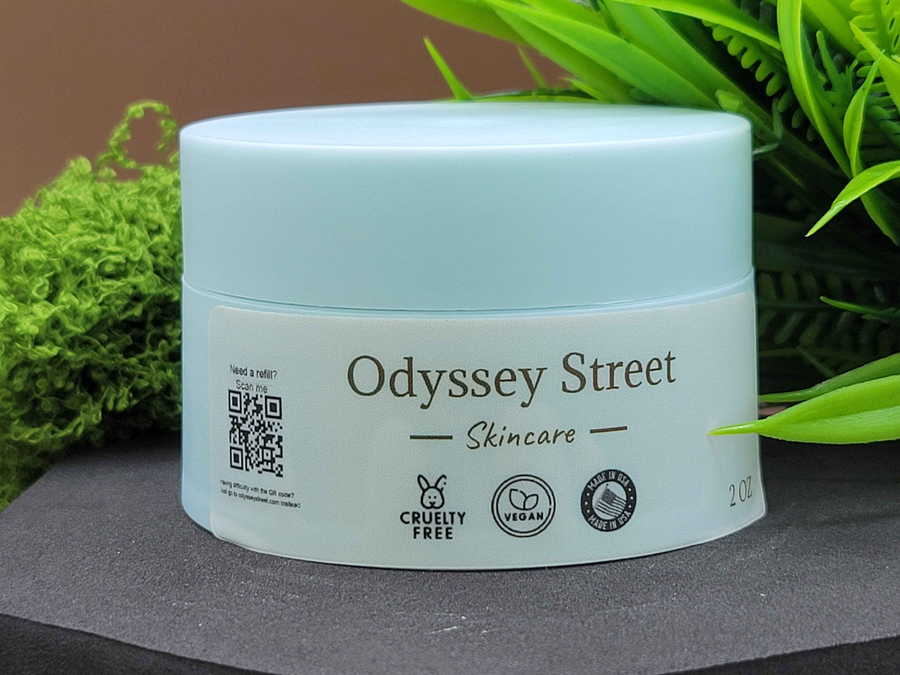
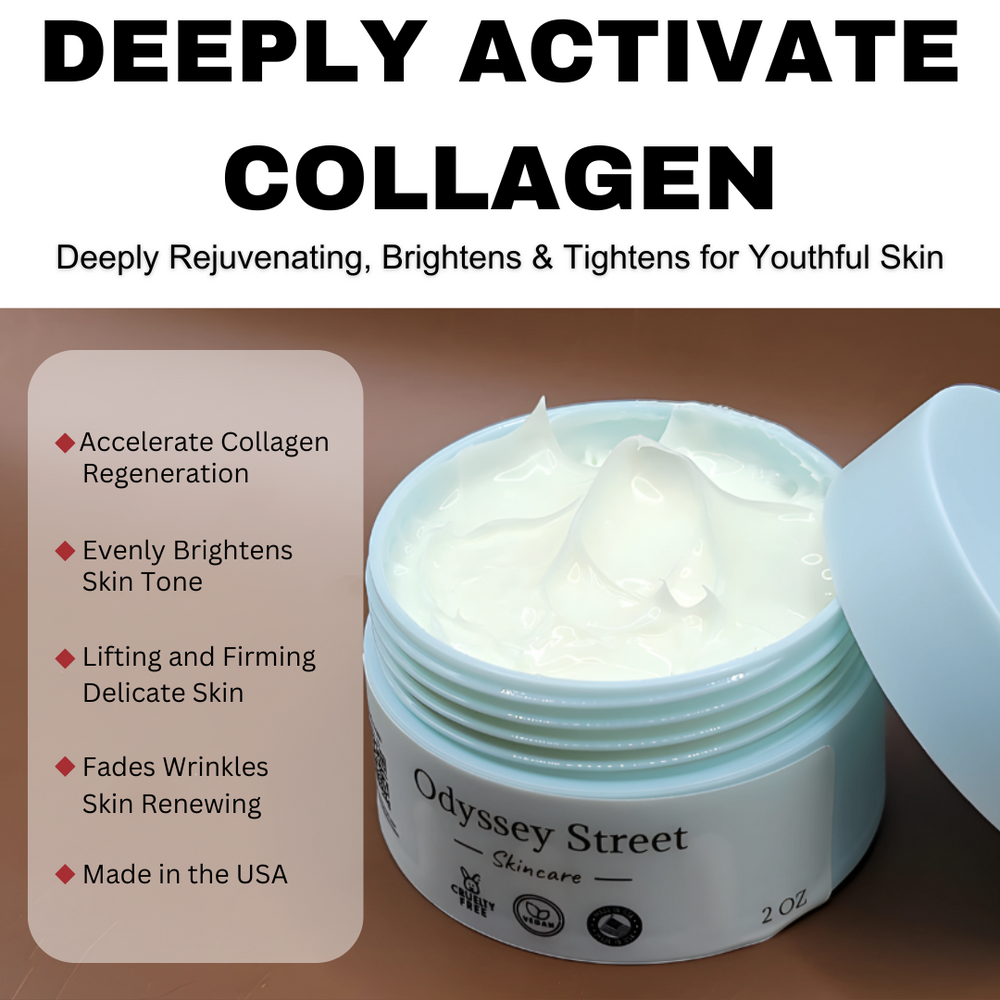
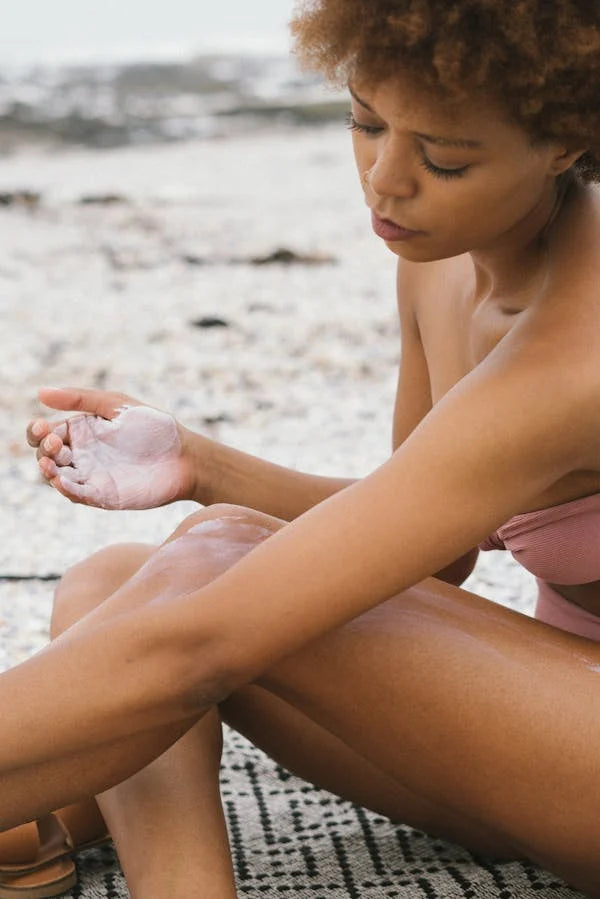

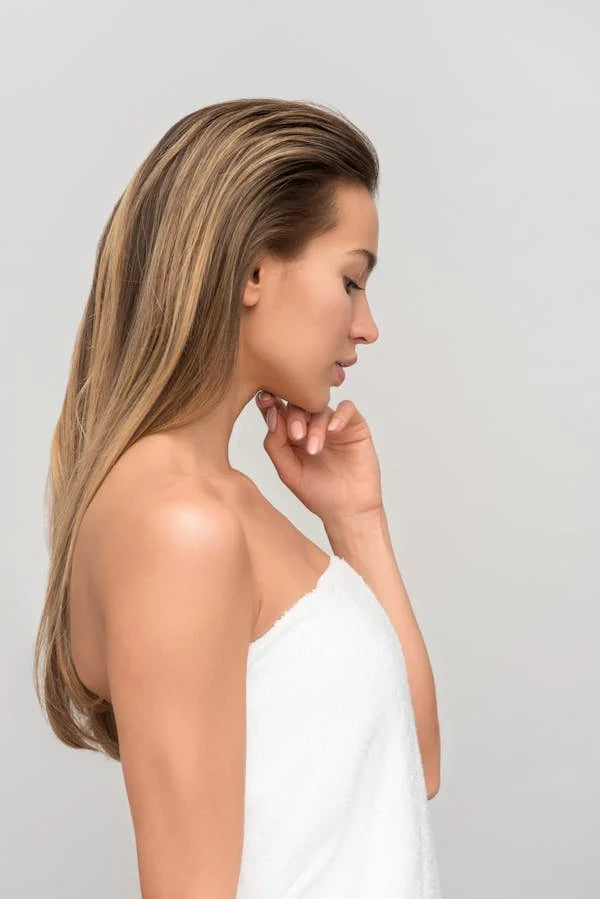
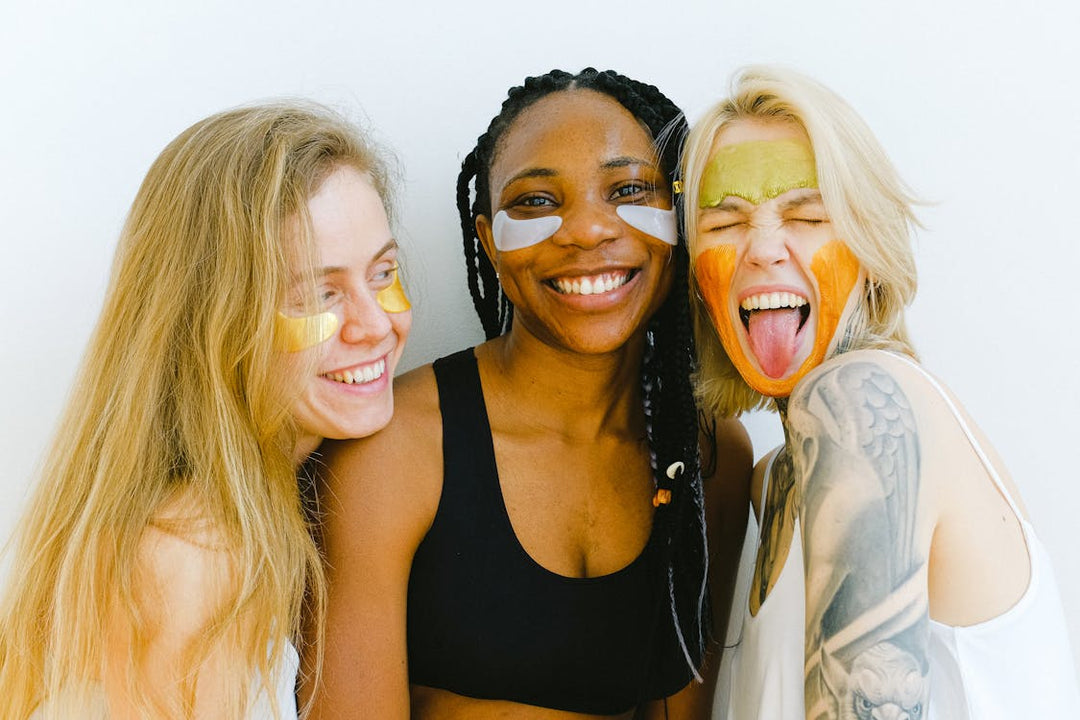
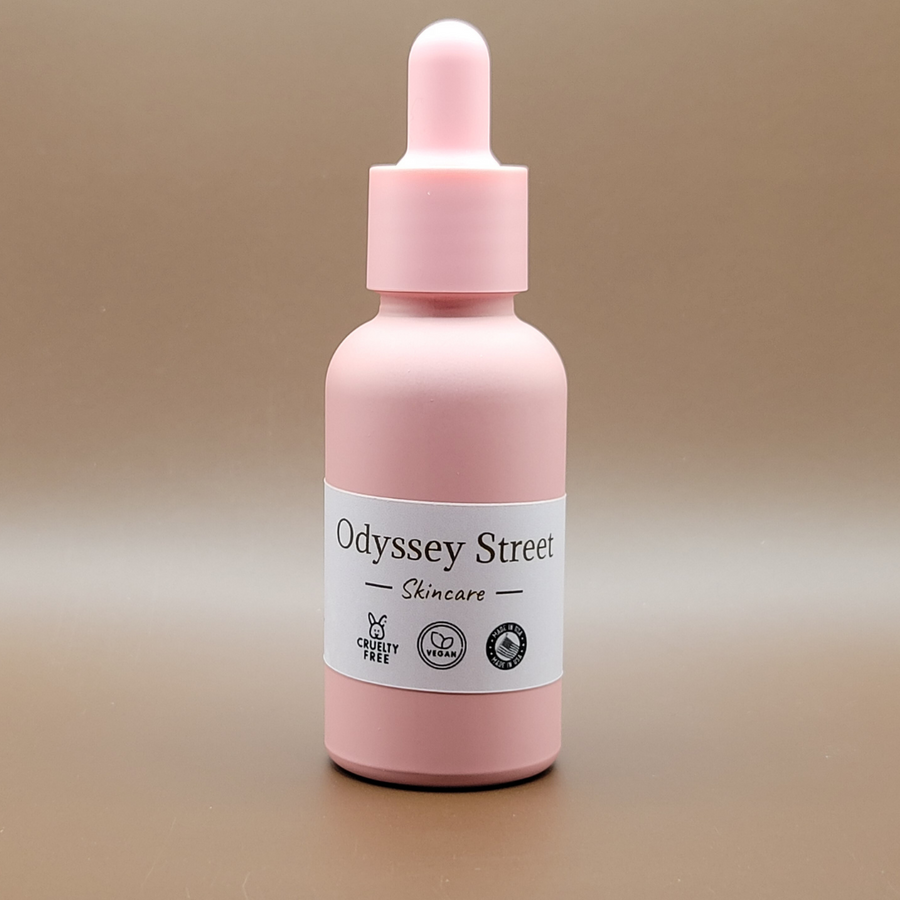
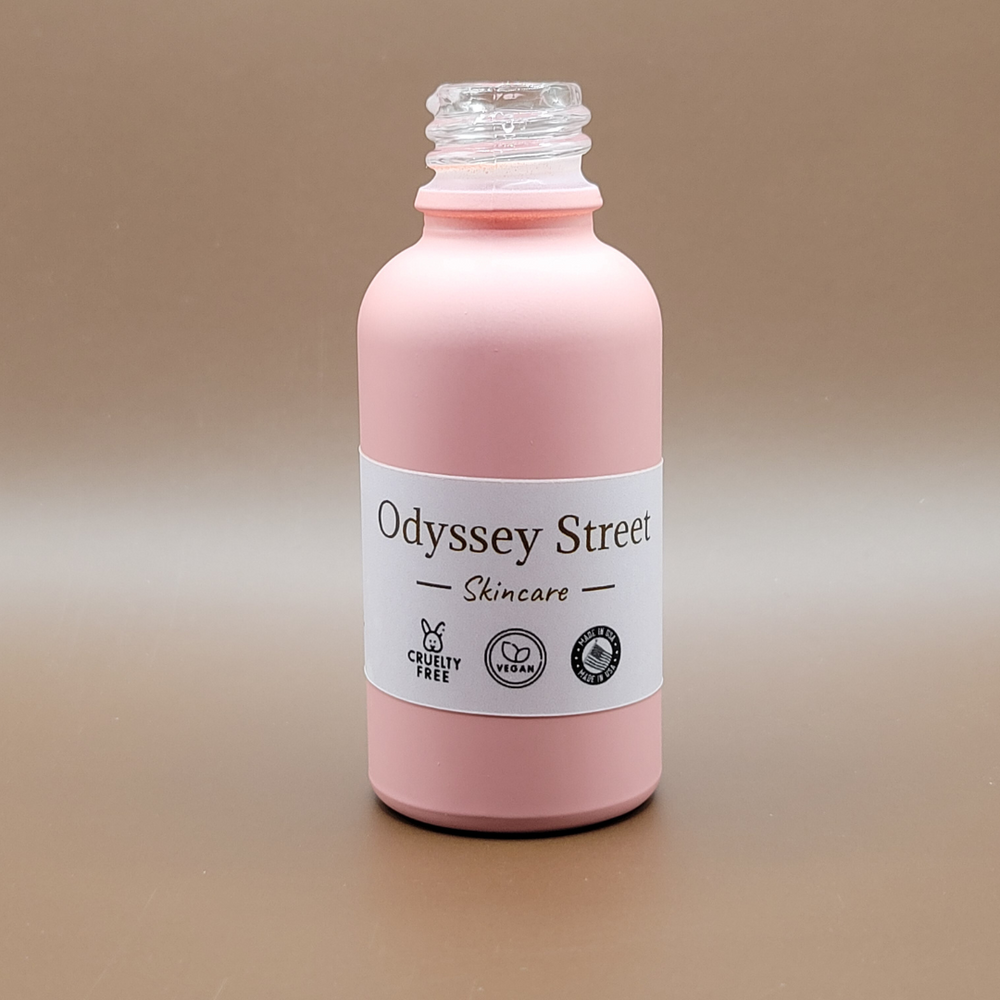
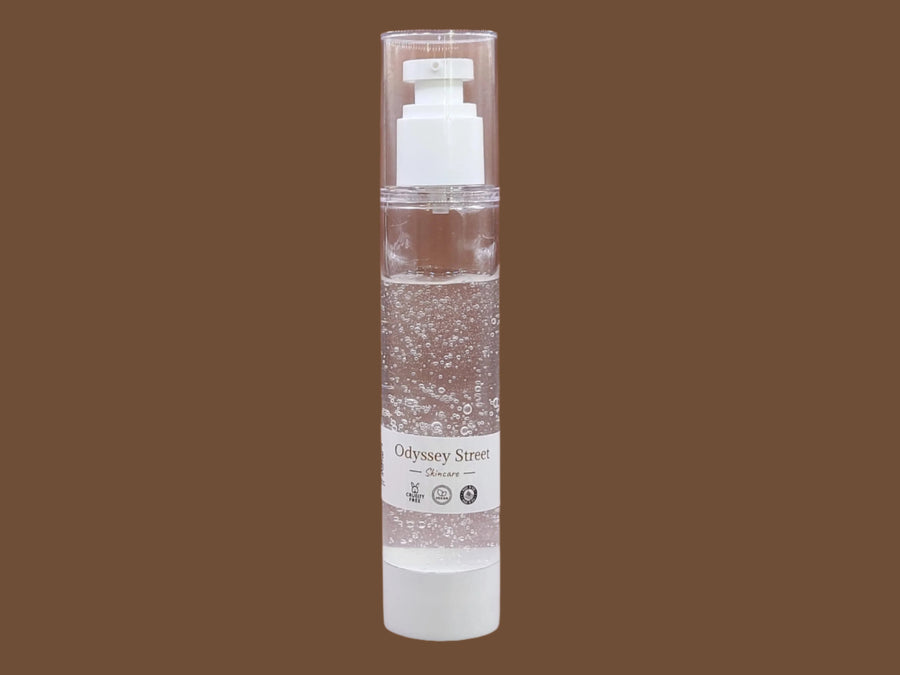
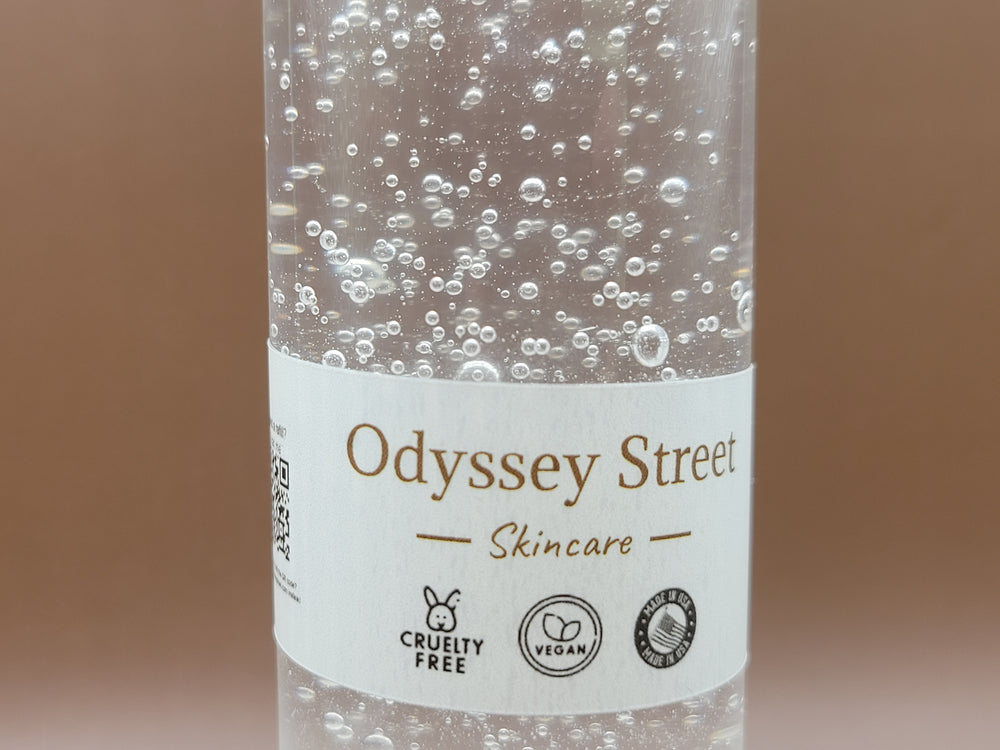
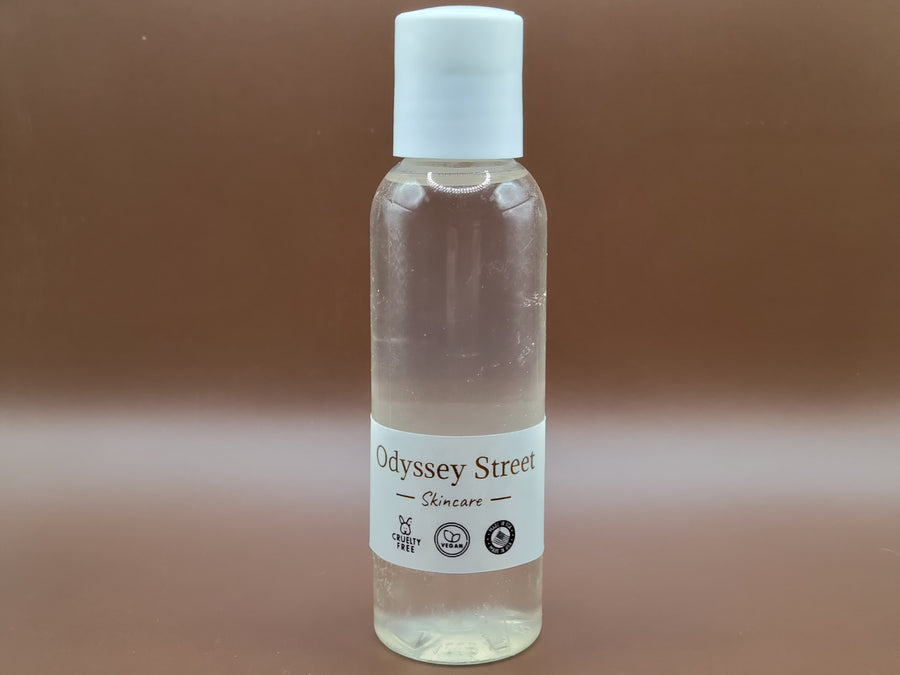
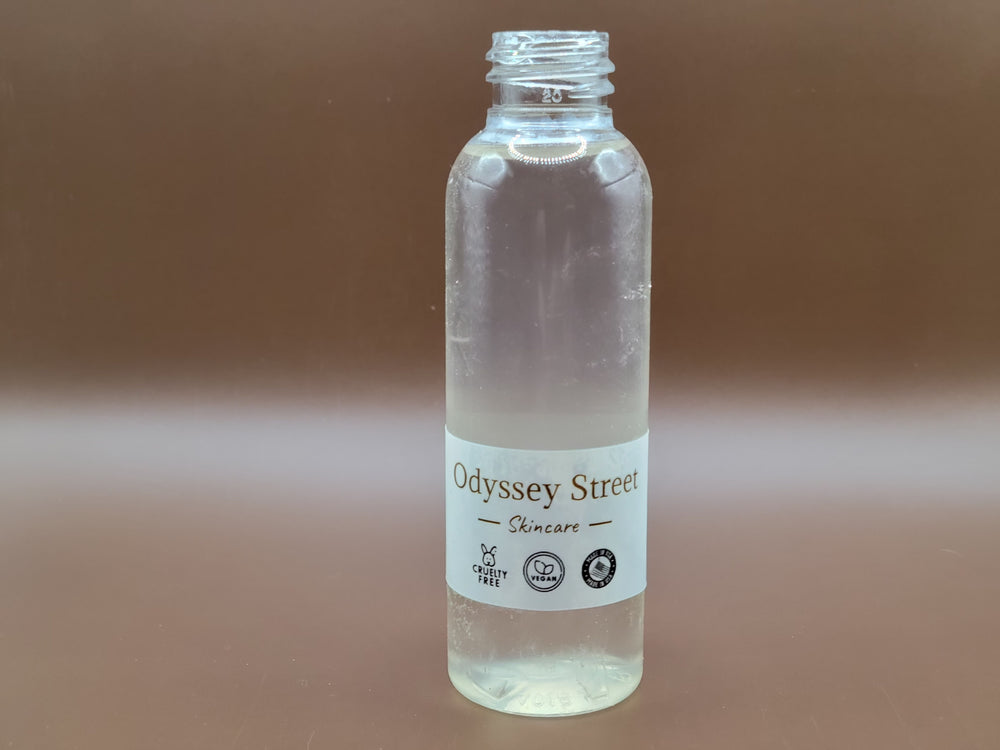
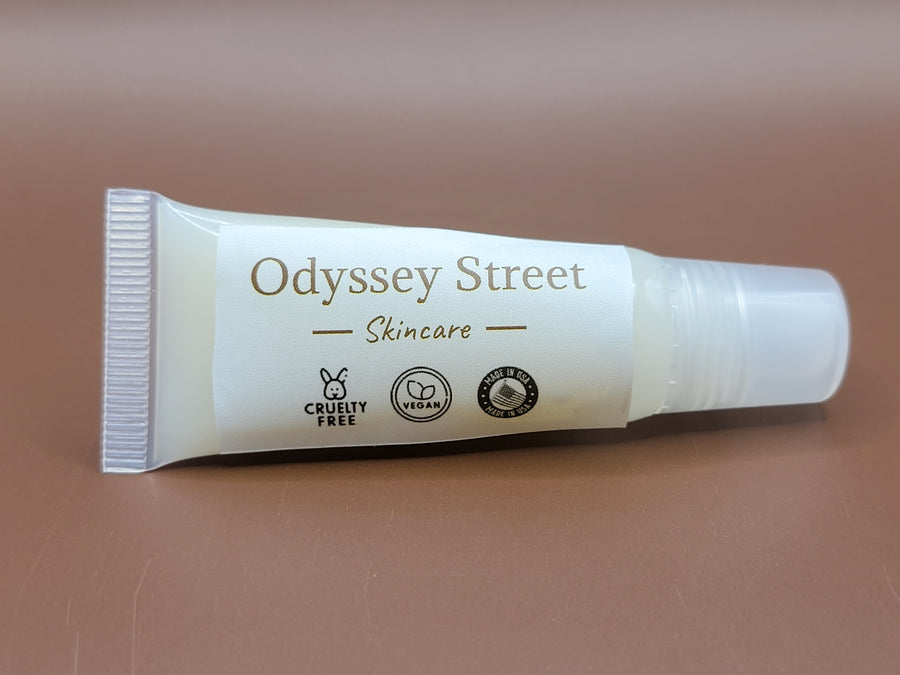
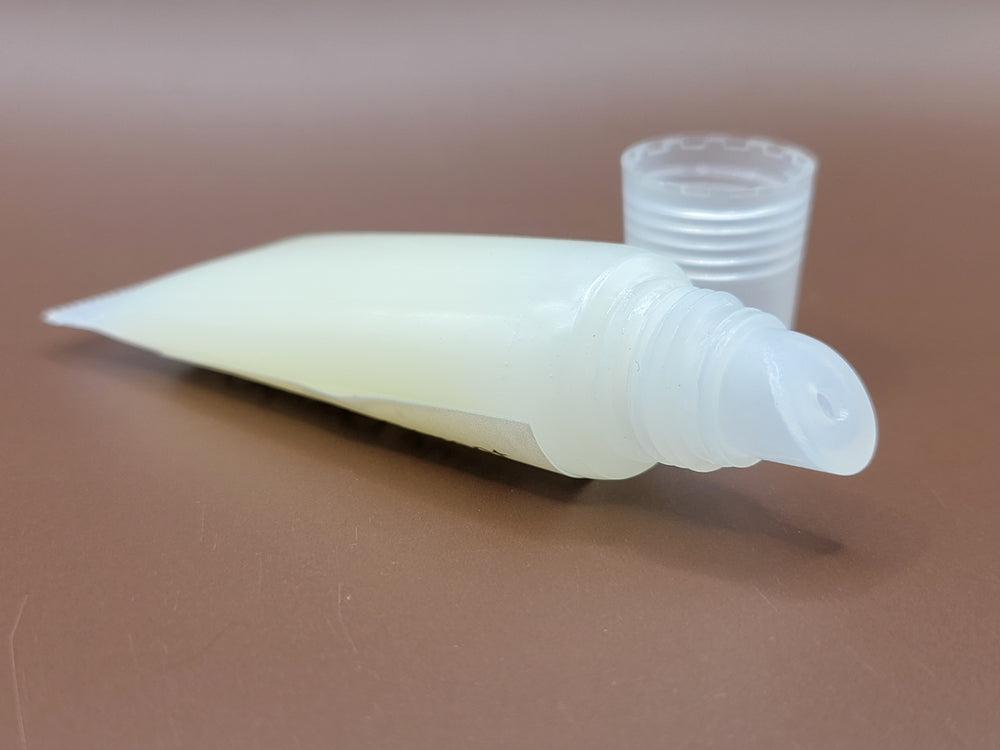
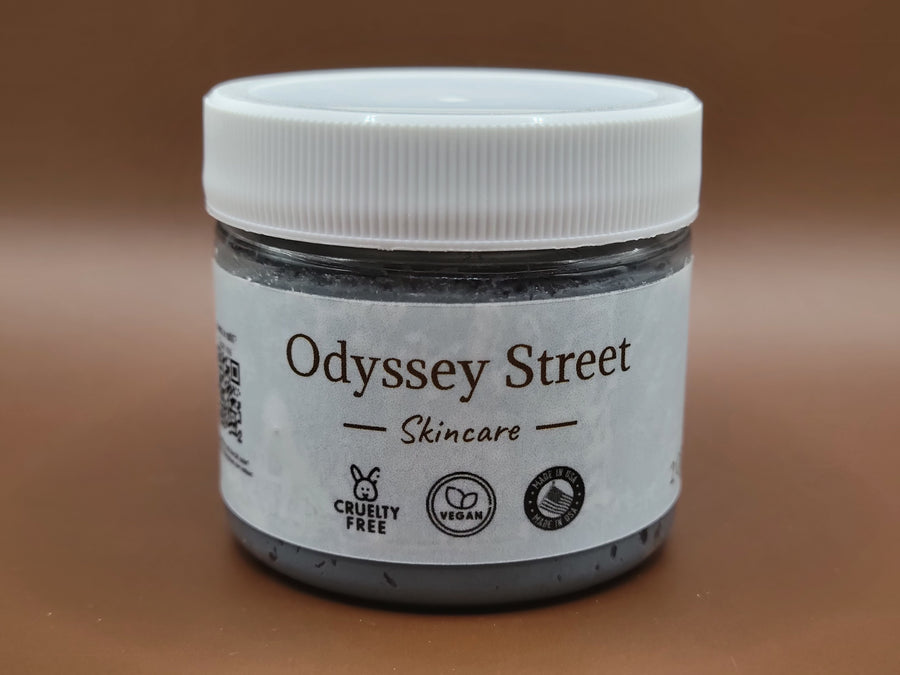
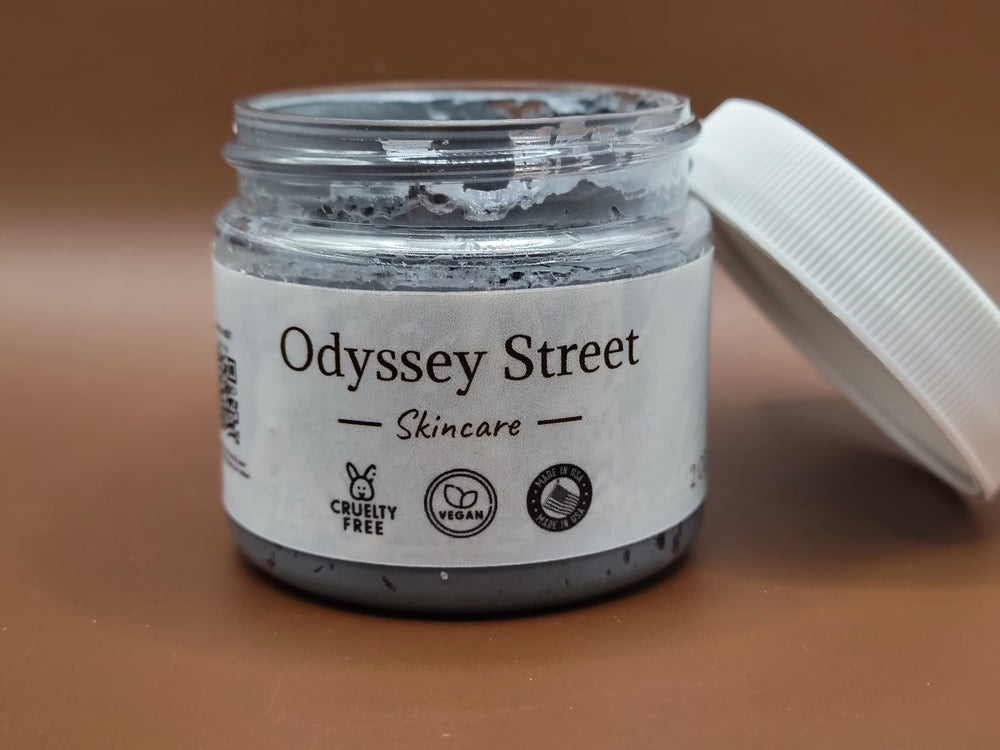
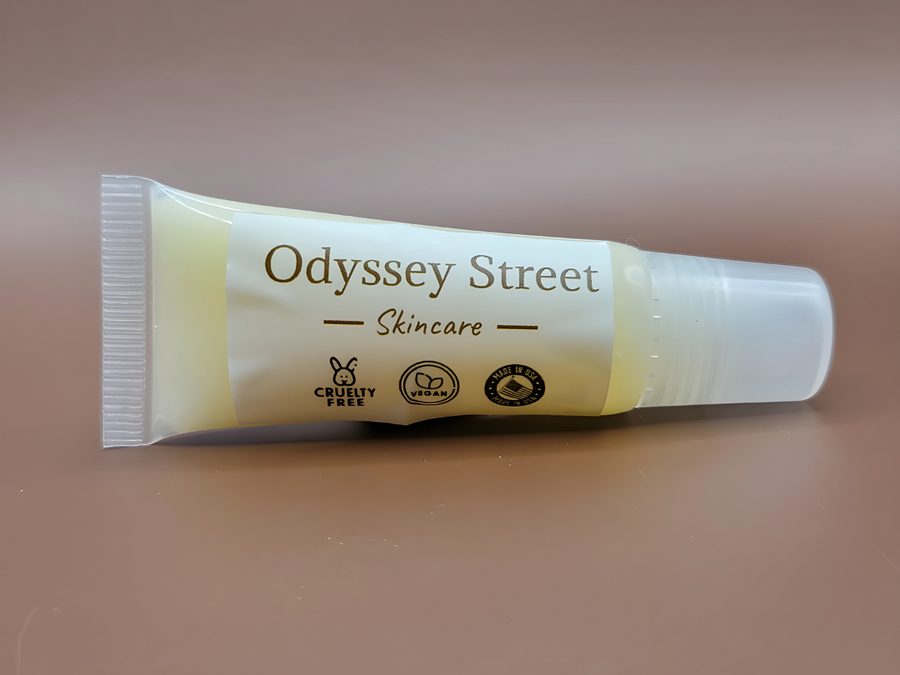
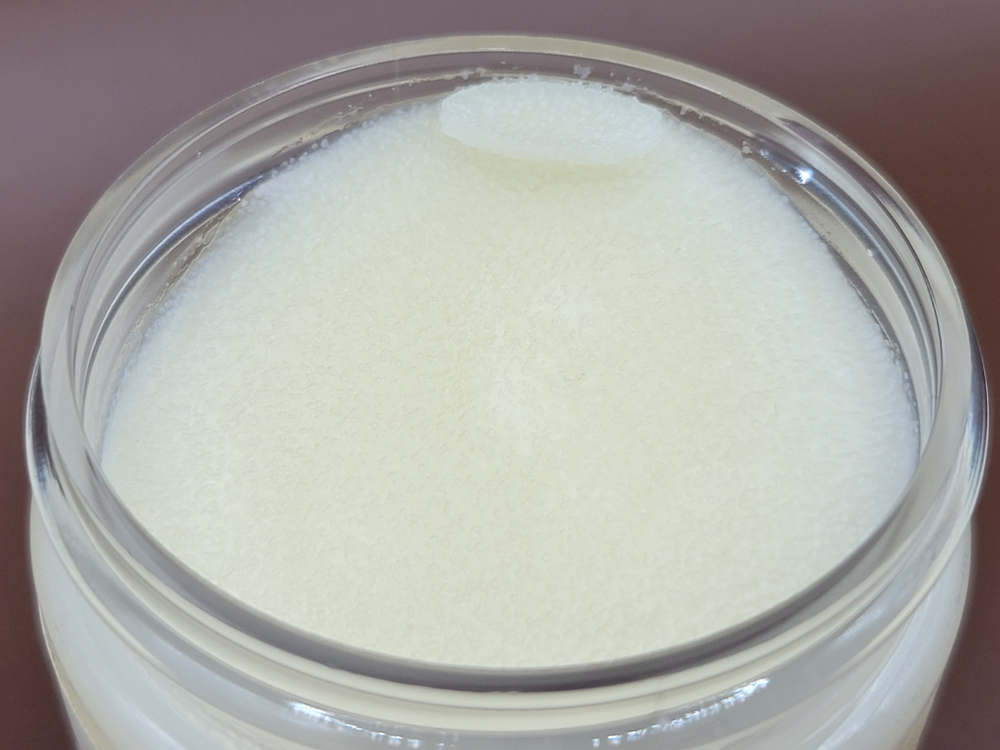
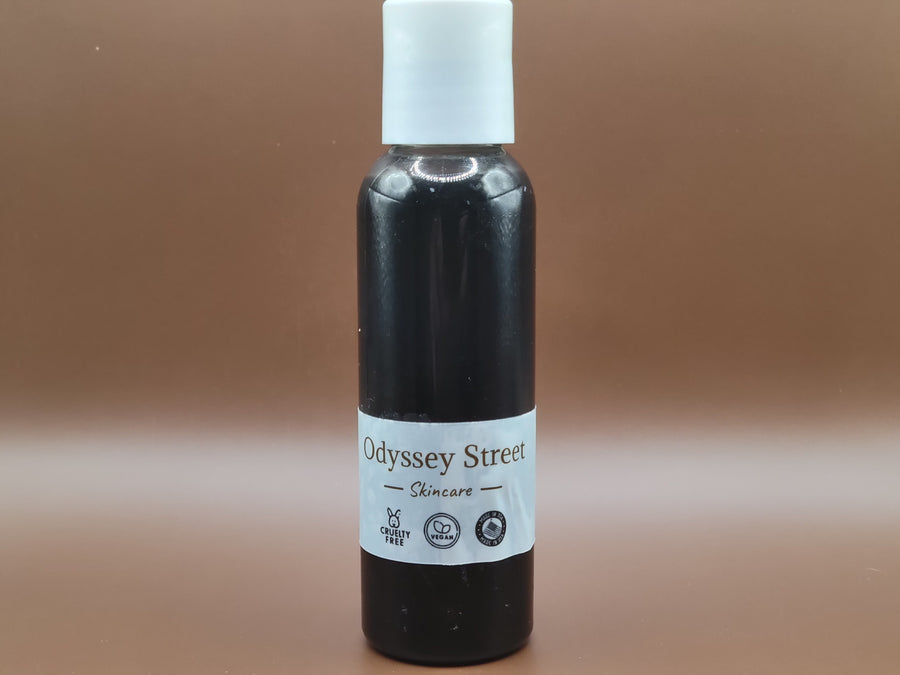
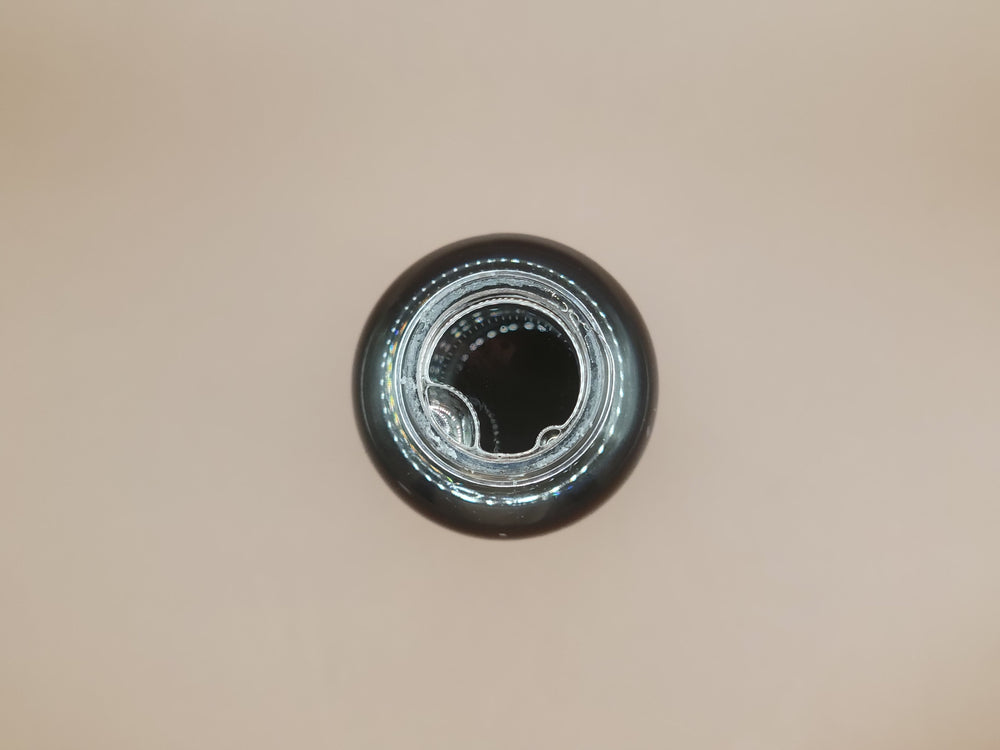
Leave a comment